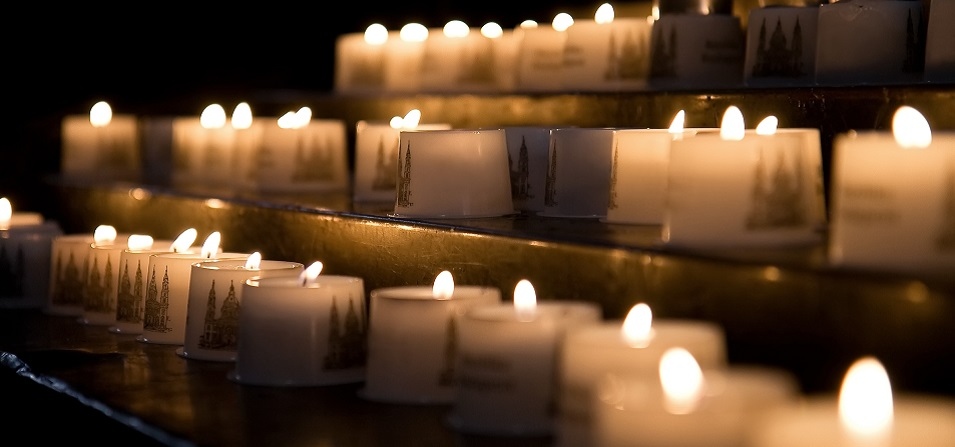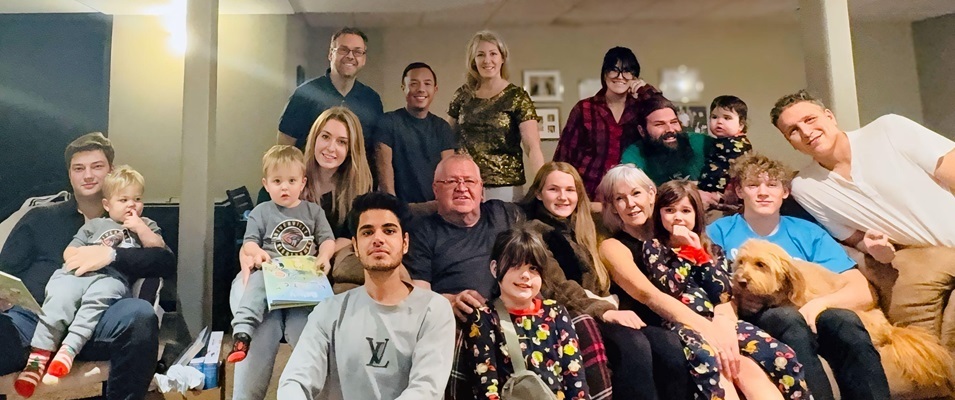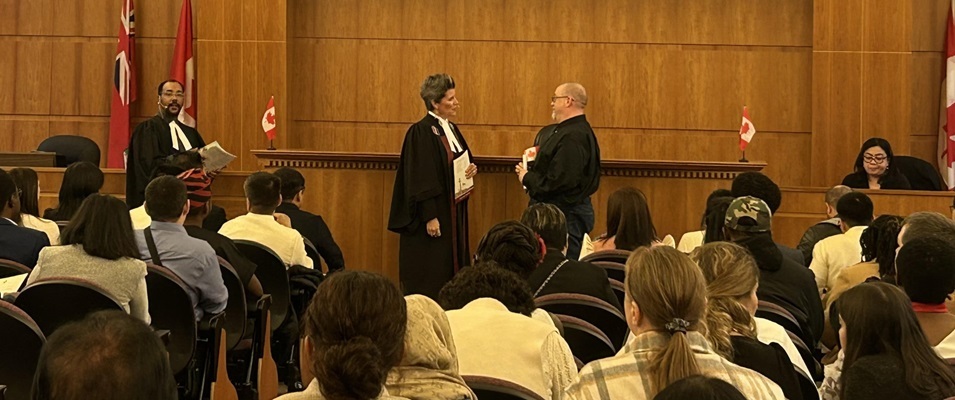
Easter has traditionally been the one Sunday every year with the most people in church. This Easter, our church buildings will be empty, and there will even be no family celebrations, let alone public celebrations.
Yet this year, people who haven’t darkened the door of a church building for many years will be listening to a virtual Easter service online. They may be wondering about the relevance of the Easter message for today.
Many are conflicted with the prospects that we may have to hunker down and accept present conditions as the new normal for the next one to one and a half years. The parallel concern is that present government efforts to give life support to the economy won’t be sustainable for that long.
So people are asking, “Where do we place our hope and dependency? Is there anything or anyone that is substantial, permanent, and eternal that we can hope in?” I suggest that we consider the historicity of Christ’s resurrection and the hope that humans can have in Him to bring life out of death, order out of chaos, and light out of darkness.
Jeanet Sinding Bentzen, the executive director of the Association for the Study of Religion, Economics and Culture, has noted a rising interest in seeking information about “prayer” online. She says such Google searches have “skyrocketed during the month of March 2020 when COVID-19 went global.”1
Some may wonder, now that we have the internet to direct us to teachings about prayer, and to be able to participate in virtual church services, what do we need a church building for? The answer is that the church was never about a building. The church is made of people. You can’t go to church, because the church is you. You are the hands and the feet of Jesus.
Dr. Spencer MacDonald, an emergency room physician at the Hamilton General Hospital in Hamilton, Ontario, has suggested, “Instead of holding a church service, spend your time strategizing about who needs help in your community and developing a plan to get it to them.”2
I propose that the reason many people have stopped coming to church buildings in the west is that they have seen too many denominations fighting among themselves, and not enough evidence of Christians offering up a unified reflection of Christ in meeting the social and economic needs of people who have no jobs and no family networks. We have defaulted to the government to do this.
Yet when it comes to bringing relief to those who are overseas, on the frontlines of war, famines, plagues, and natural disasters, Brian Stewart, one of Canada’s most experienced journalists, formerly with CBC News, has said, “I’ve never reached a war zone or famine group or crisis anywhere where some Church organization was not there long before me… sturdy, remarkable souls usually too kind to ask, ‘what took you so long?’… I too had regarded the Church as a rather tiresome irrelevance. What ultimately persuaded me otherwise was the reality of Christianity’s mission, physically and in the spirit, before my eyes… I was moved by quiet individual moments of character and courage that seems to be anchored to some deep core within Christianity.”3
In the future, I envision a day when our church buildings in Niverville will not be merely places for people to meet that erect a wall between those who attend and those who don’t, but that our church buildings will become centres that distribute to the necessities of people who are hurting. We now have a mission for charitable action, not simply overseas, but to those in need in our own community and our own province. Stay tuned!
In the meantime, I remind you of the timely words of Kelvin Goertzen, who also happens to be our Minister of Education: “If you ask Him, Jesus will come closer than two metres. If you do that, it will feel like a hug from more than ten people. If you reach out to him, you will never feel self-isolated again. And when these things happen, you will know that Easter can never be cancelled. No matter where or how you celebrate it.”4



















